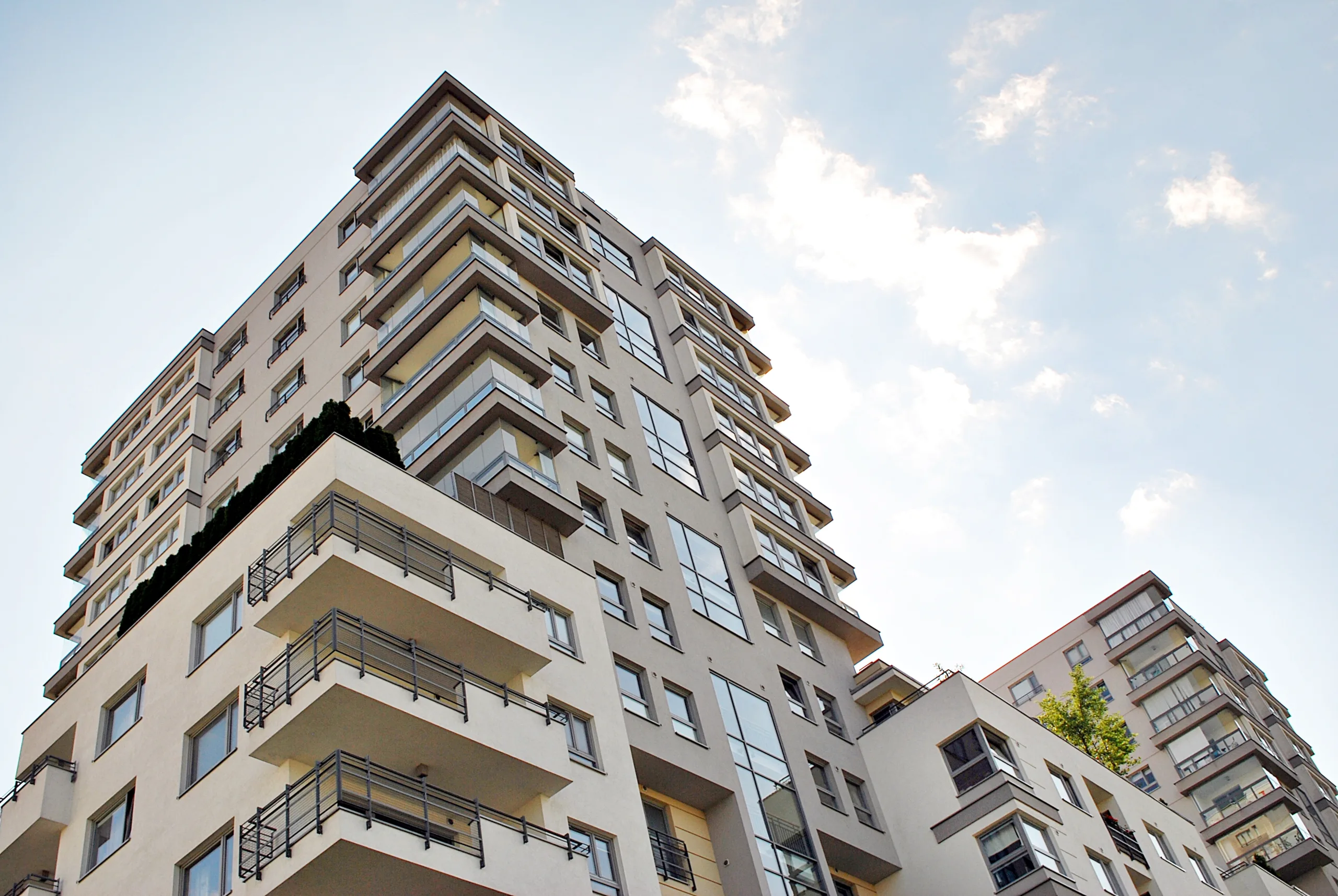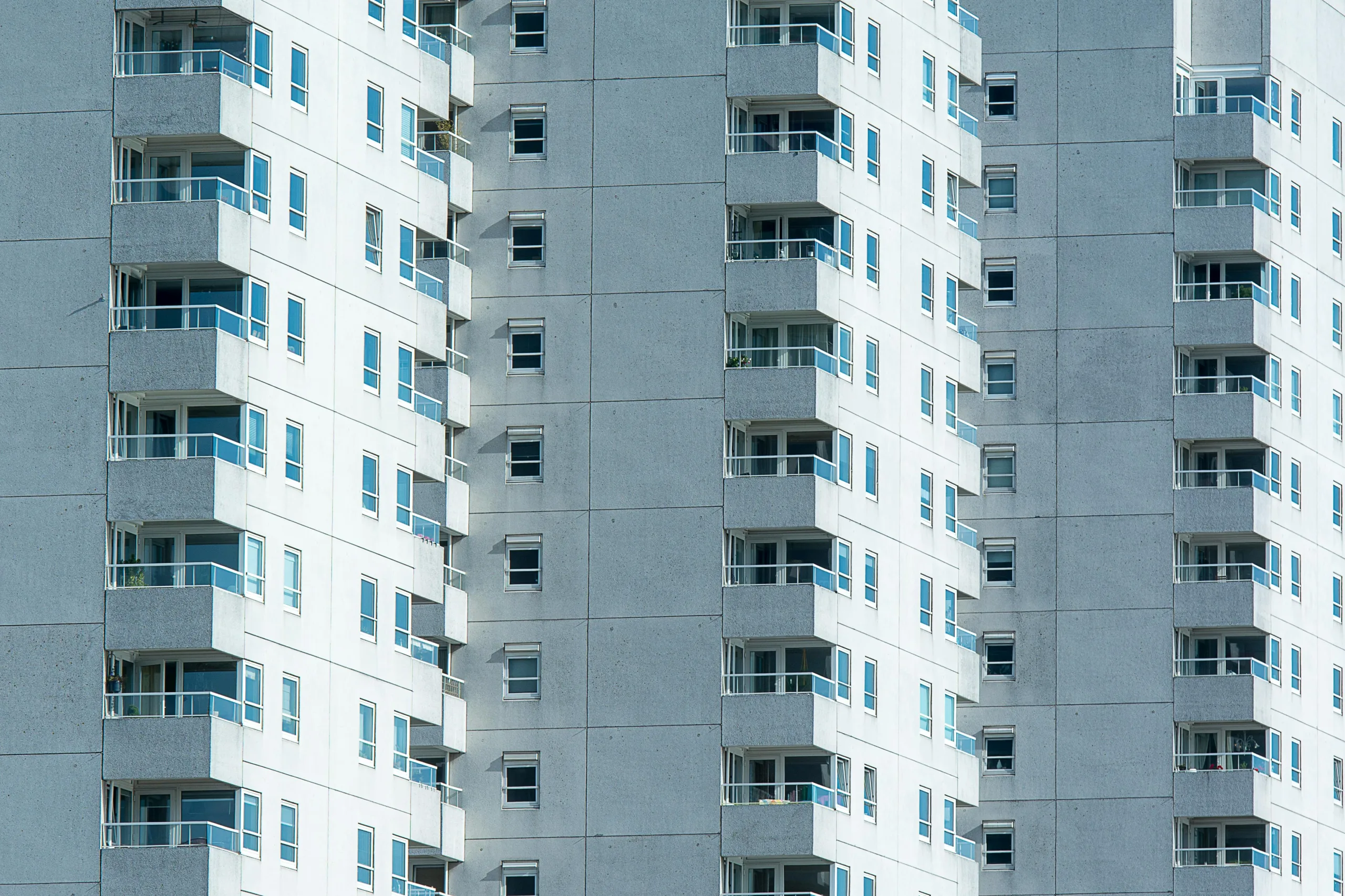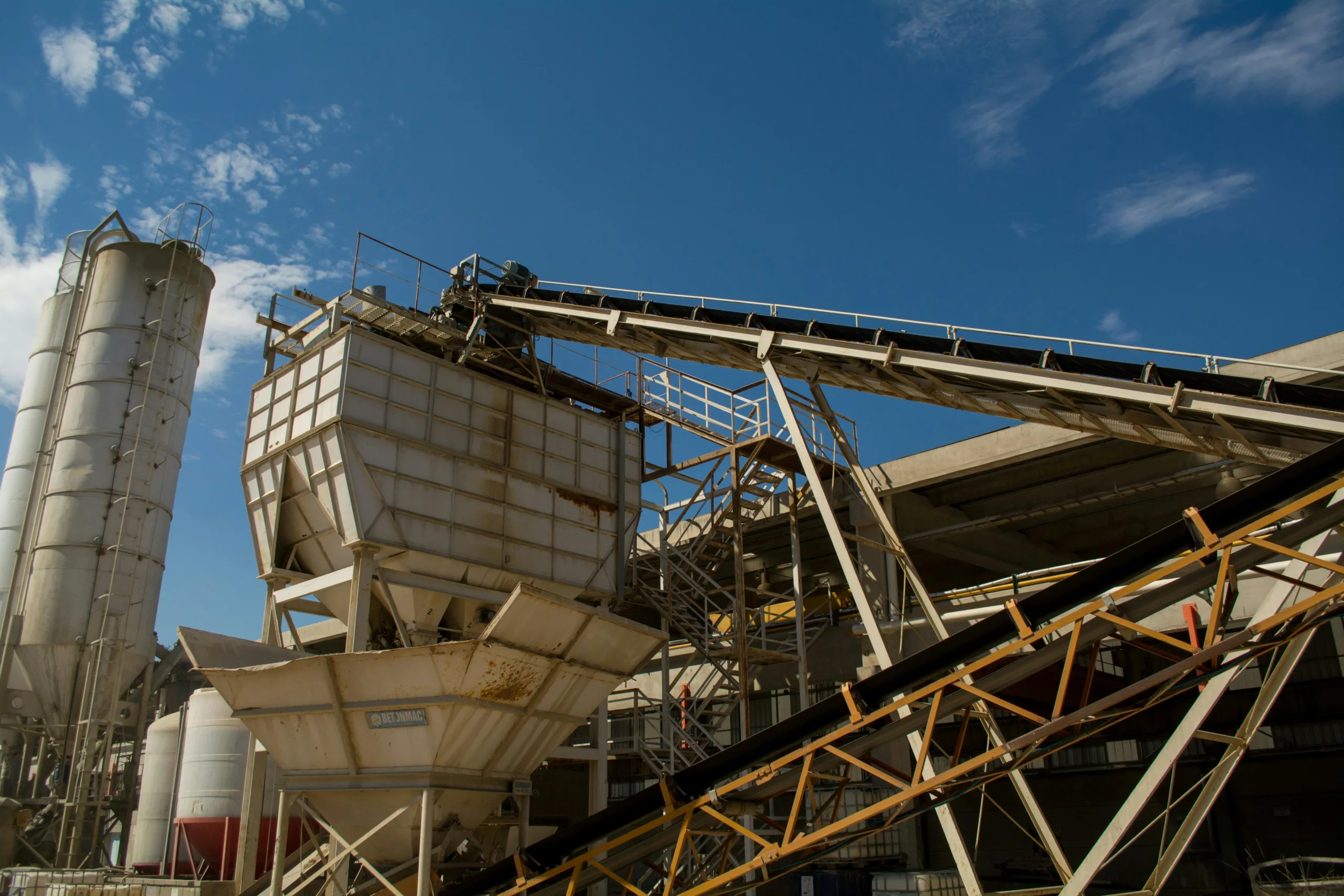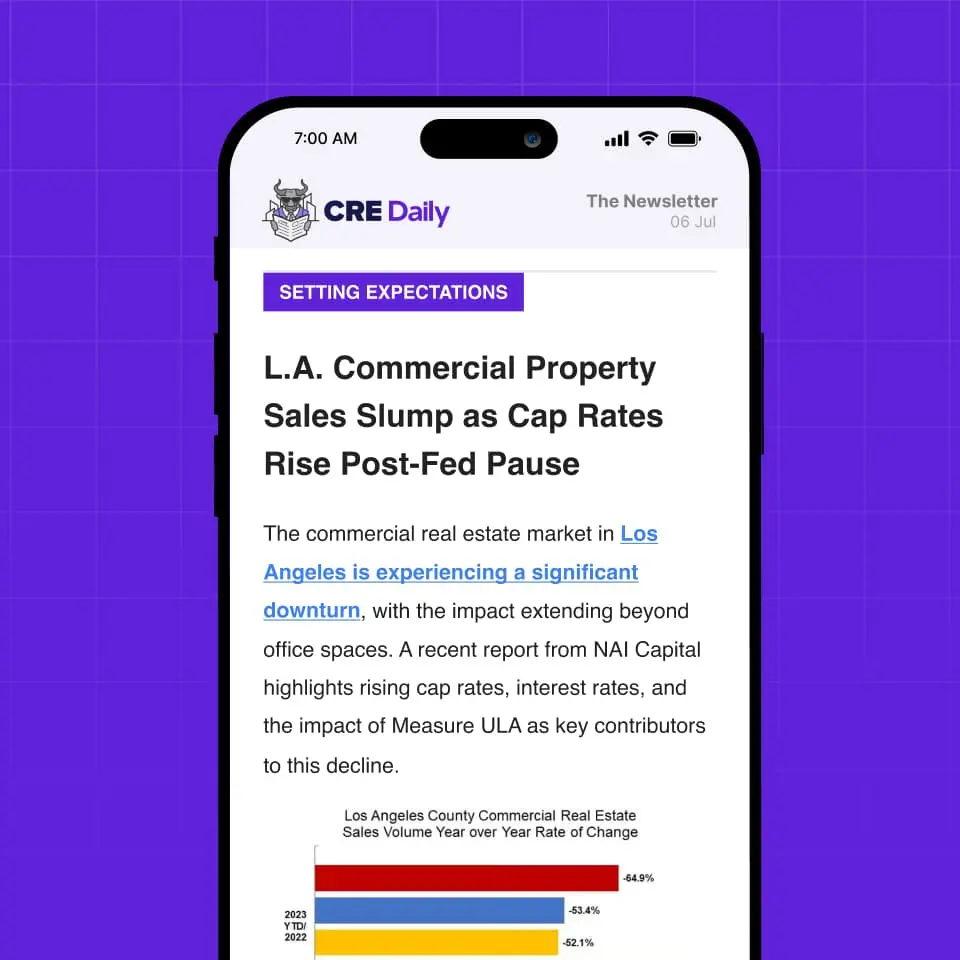- Multifamily net absorption hit its highest second-quarter level since at least 1993, as the national vacancy rate dropped to 4.3% in June.
- Single-family home sales are struggling despite increased listings and a drop in mortgage rates, with median new home prices falling below $400K for the first time since 2021.
- The US remains short by 2M homes, with much of the deficit concentrated in the Southeast, Southwest, and Midwest—driving continued demand for multifamily units.
Single-Family Falters
An uptick in listings pushed US multifamily demand to a six-month high in July, reports GlobeSt. However, that momentum hasn’t translated into price gains. The national median home price increased just 0.3% year-over-year—the smallest gain since late 2023.
Mortgage rates also edged down to 6.58% on a 30-year fixed loan, down from nearly 7% earlier this year. However, affordability remains a barrier, especially for middle-income buyers.
In the new home market, signs of weakening are more pronounced. Inventory for new single-family homes reached a 20-year high in July. However, annual sales have been declining since late 2024. As a result, the median sale price for new homes dropped 6.2% year-over-year, falling below $400K for the first time since September 2021.
Multifamily Steps Up
While the for-sale housing market struggles, multifamily continues to benefit. Marcus & Millichap reported that Q2 2025 marked the best second quarter for apartment net absorption in over 30 years. The national vacancy rate declined to 4.3%—well below the long-term average of 5.4%—despite elevated new supply in many markets.
The increase in demand is also translating into rent growth. Effective rents rose 2.1% annually in June, the largest gain since mid-2023. Vacancy declines were broad-based, spanning most market tiers and geographies.
Get Smarter about what matters in CRE
Stay ahead of trends in commercial real estate with CRE Daily – the free newsletter delivering everything you need to start your day in just 5-minutes
Housing Shortfall Fuels Demand
According to Moody’s, the US housing market is short by about 2M homes, with more than half of that unmet need driven by “pent-up households”—individuals who would form their own households if affordable options were available.
The largest deficits are concentrated in the Southeast, Southwest, and Midwest, where both rental and ownership opportunities remain limited. This imbalance is redirecting development momentum toward multifamily housing, especially as single-family building permits continue to decline.
As Marcus & Millichap noted, “The acute shortfall of residential options across numerous communities in the US helps explain the multifamily sector’s robust performance despite recent elevated supply pressure.”
What’s Next
As affordability challenges persist and single-family development slows, multifamily will likely remain a key driver in meeting US housing demand. Markets with strong job growth and middle-income housing deficits—particularly across the Sun Belt and Midwest—are expected to see continued strength. Rental performance in these regions is likely to remain solid heading into 2026.


















